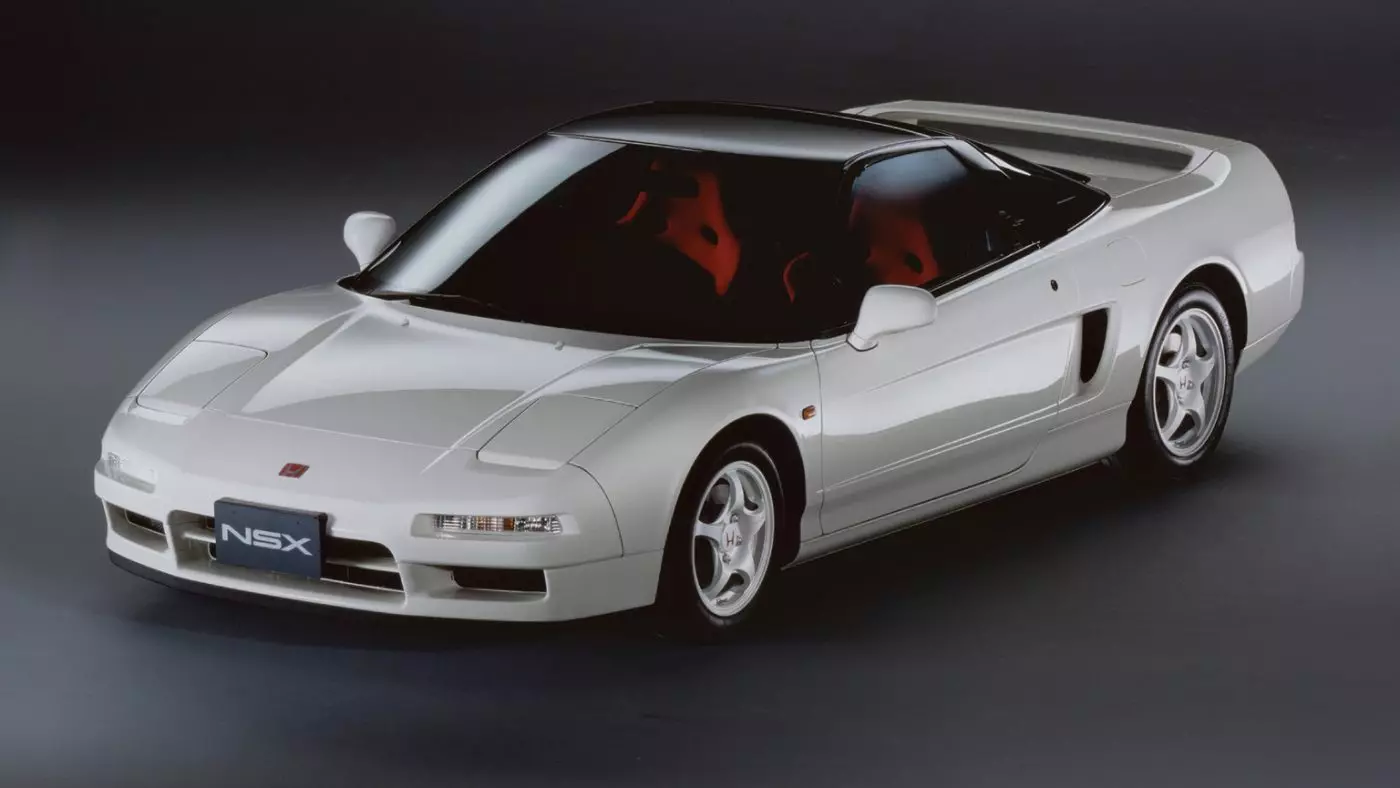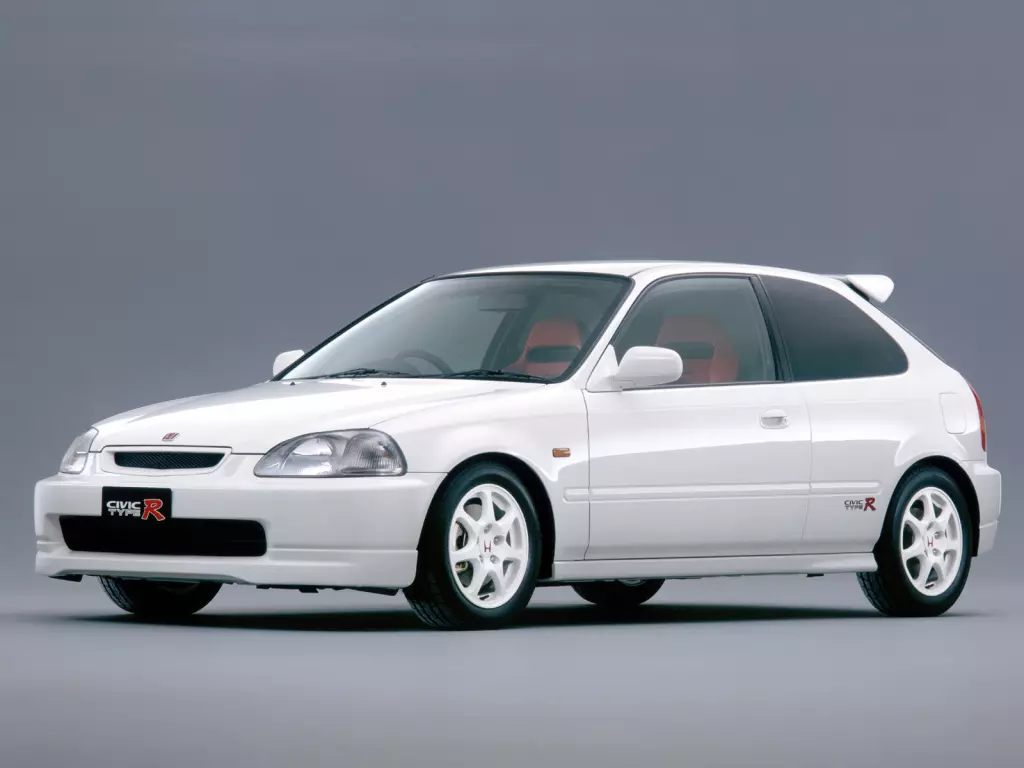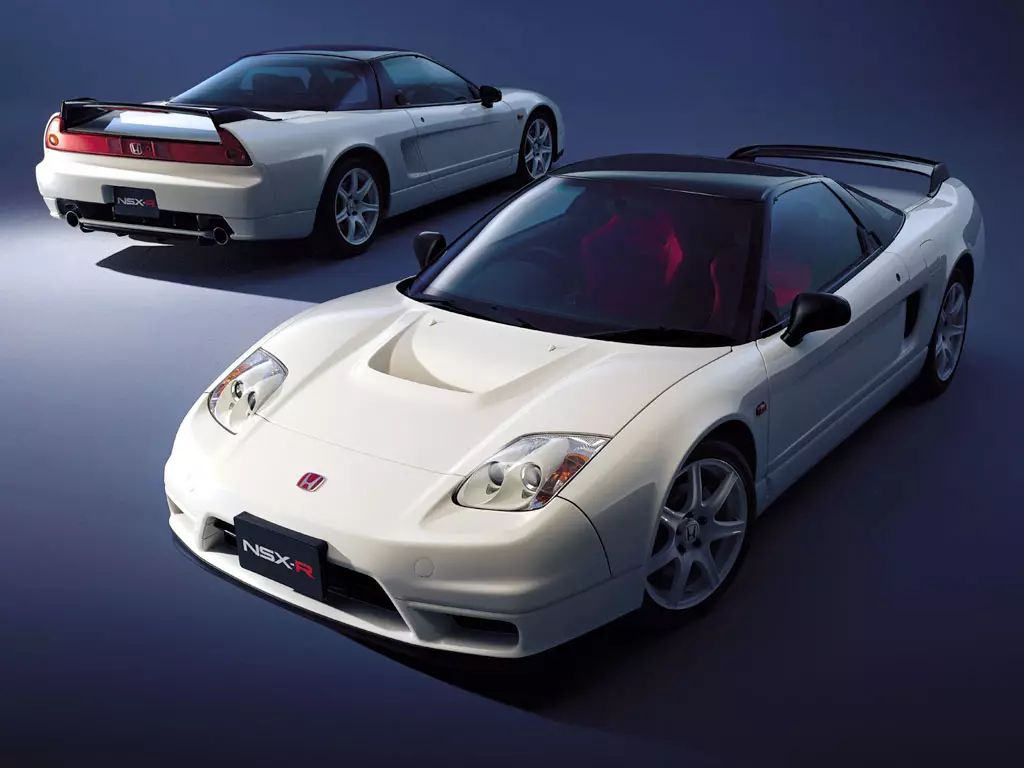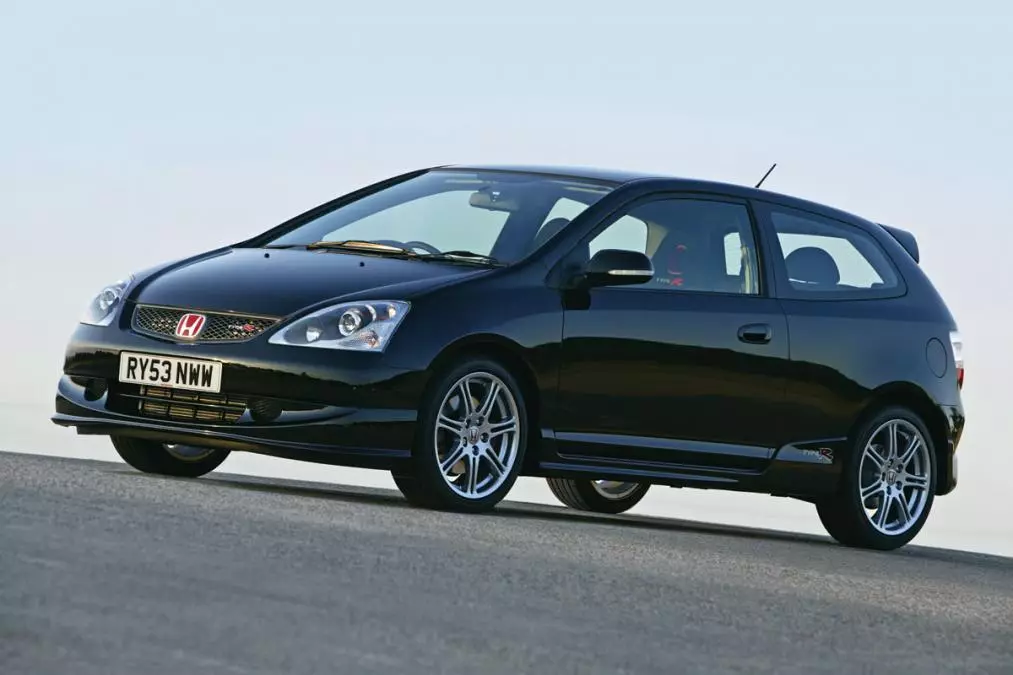Type R is one of the most passionate names for sports car lovers. This designation first appeared on Honda models in 1992, with the debut of the NSX Type R MK1.
The Japanese brand's objective was to develop a fast and efficient model on the track - equipped with a 3.0 liter V6 engine and 280 hp -, but without prejudice to the pleasure of driving on the road.
The weight reduction program resulted in a loss of around 120 kg compared to the standard NSX, and brought in new Recaro seats in lighter materials instead of electrically adjustable leather seats. Until today…

For the first time, the red upholstery and white racing color were introduced on a Honda production model. A color combination that paid tribute to Honda's Formula 1 heritage, reflecting the coloring of the RA271 (the first Japanese car to race in Formula 1) and RA272 (the first to win the Japanese Grand Prix) single-seaters.
Both were painted white, with a red “sun imprint” – inspired by the official flag of Japan – and set the trend that would later mark all Type R variants.
AND n 1995, Honda introduced the first generation of the Integra Type R , officially available only for the Japanese market. The 1.8 VTEC four-cylinder, 200 hp engine only stopped at 8000 rpm, and was responsible for introducing the Type R name to a much wider audience. The upgraded version was lighter than the standard Integra, but retained its rigidity and featured a five-speed manual gearbox and upgraded suspension and brakes. Learn more about Integra Type R here.
Two years later followed the first Honda Civic Type R, produced only in Japan and which we've already talked about here. The Civic Type R (EK9) was equipped with the famous 1.6-litre B16 engine – the first atmospheric engine to have a specific power that exceeded 100 hp per liter in a series-production model. The Type R featured a sturdier chassis, a double wishbone front and rear suspension, improved brakes and a helical mechanical differential (LSD).

In 1998, the Integra Type R was introduced on the European market for the first time. The following year, the first five-door Type R was released.
The move into the 21st century saw the debut of the second generation Integra Type R (for the Japanese market) and the launch of the second generation Civic Type R (EP3) – for the first time a Type R model was built in Europe at Honda of the UK Manufacturing in Swindon.
In 2002, we met the second generation of the NSX Type R, which continued the philosophy inspired by the competition. Carbon fiber was a widely used material to help reduce weight, including in the large rear spoiler and ventilated hood. The NSX Type R remains one of the rarest models in the Type R lineage.

The third generation of the Civic Type R was launched in March 2007. In the Japanese market it was a four-door sedan (FD2) with a 2.0 VTEC engine of 225 hp and was equipped with an independent rear suspension, the Type R “ European” (FN2) was based on the five-door hatchback, used a 201 hp 2.0 VTEC unit and had a simple suspension on the rear axle. We know that there is at least one Civic Type R (FD2) in Portugal.
The fourth generation of the Civic Type R was launched in 2015 with a number of technical innovations, but the focus was the new VTEC Turbo – to date, the most powerful engine to power a Type R model, with 310 hp. At this year's Geneva Motor Show, Honda presented the latest Civic Type R, the first truly “global” Type R, as it will be sold for the first time in the US as well.
In this 5th generation, the Japanese sports car is the most powerful and radical ever. And will it also be the best? Only time will tell…

